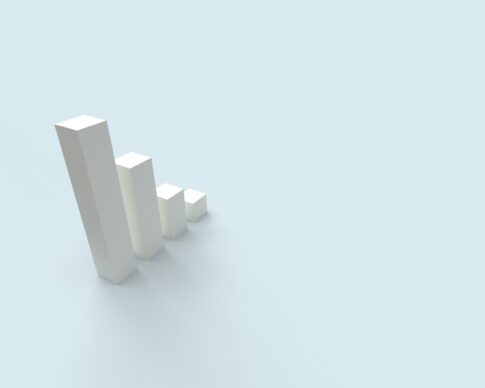Today, I will explain the following website. (AI-generated)
FOMC後のドル/円急落:識者はこうみる | ロイター
Contents
Understanding the USD/JPY Exchange Rate Dynamics
The recent sharp decline in the USD/JPY exchange rate has caught the attention of forex traders and analysts alike. On May 1st, the pair saw a significant drop from the mid-157 yen range to 153.00 yen, before partially rebounding. This movement has sparked discussions about potential intervention by Japanese authorities to prevent further steep falls in the yen’s value. It’s crucial for traders to understand these dynamics as they can have substantial implications for trading strategies and profit margins.
What Triggered the Recent USD/JPY Plunge?
Several factors may have contributed to the sudden plunge of the USD/JPY rate. Market speculation suggests that the Japanese government may have intervened in the currency market to stem the yen’s decline. This is not yet confirmed by the authorities, but the timing and scale of the drop align with the patterns of intervention. Additionally, the less hawkish than expected comments from Federal Reserve Chairman Jerome Powell during the FOMC press conference could have also played a role in the dollar’s weakness.
Intervention in the Currency Market: How Does It Work?
Intervention in the currency market involves a central bank or government buying or selling currencies to influence exchange rates. This is often done to stabilize volatile movements or to reach specific economic targets. In Japan’s case, the intervention would involve selling foreign currencies, like the dollar, and buying yen to strengthen the latter’s value against the former.
Experts’ Views on the USD/JPY Movements Post-FOMC
Financial experts believe that the recent movements in the USD/JPY rate are not solely due to the FOMC outcomes but also hint at a likely intervention. They suggest that the Japanese authorities are showing their capability to intervene at any time, which could deter traders from aggressively selling the yen. The speculative upper limit for the USD/JPY rate seems to be around 160 yen, with traders being cautious about testing this level due to the possibility of further intervention.
Strategies for Forex Traders
Identifying Good Buying Opportunities in Forex Trading
For forex traders, identifying good buying opportunities is essential. The recent drop in the USD/JPY rate has created what some analysts consider a favorable buying opportunity, especially for those who need to cover delayed dollar purchases. Traders should be on the lookout for such dips, which can offer value in an otherwise upward-trending market.
How to Interpret Market Signals and Speculations
Interpreting market signals and speculations is a critical skill for forex traders. Understanding the underlying reasons for currency movements, such as potential interventions or economic data releases, can help traders make more informed decisions. It’s important to analyze not just the price actions but also the context in which they occur.
Long-Term Implications of Currency Interventions for Traders
While interventions can have immediate effects on exchange rates, their long-term efficacy depends on broader economic policies. If the U.S. enters a rate-cutting phase, it could alleviate the dollar’s strength against the yen. Conversely, if rate hikes are expected, defending certain price levels may become more challenging for Japanese authorities, affecting long-term trading strategies.
Future Outlook for USD/JPY Exchange Rate
Impact of US Employment Data on Forex Market
The upcoming U.S. employment data release is a significant event that can influence the forex market. Strong employment figures could bolster the dollar, while weaker data might lead to a softer dollar and provide some relief for the yen. Traders should be prepared for increased volatility around the time of such data releases.
Potential Scenarios for the USD/JPY Rate
Looking ahead, the USD/JPY rate could experience a range of scenarios. If Japanese authorities continue to intervene, it could create a ceiling for the currency pair. However, the effectiveness of these interventions will likely be influenced by the overall trajectory of U.S. monetary policy and market adaptation to intervention patterns.
Understanding the Role of Government and Central Bank Policies
Government and central bank policies play a pivotal role in shaping the exchange rates. Forex traders must stay informed about policy changes and their implications. Both the Bank of Japan and the Federal Reserve’s actions can have profound effects on the USD/JPY rate, and understanding these can provide traders with an edge in the market.











